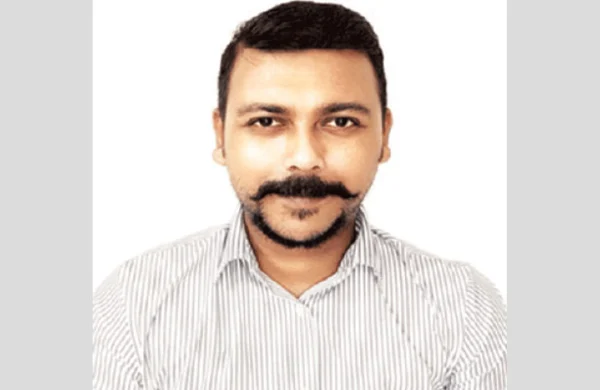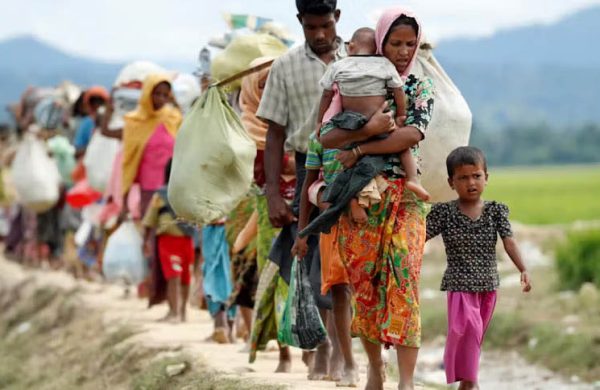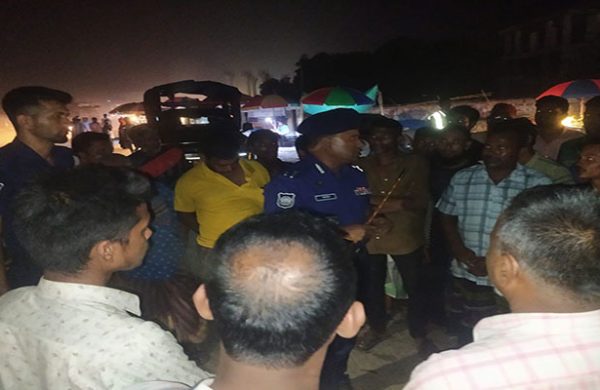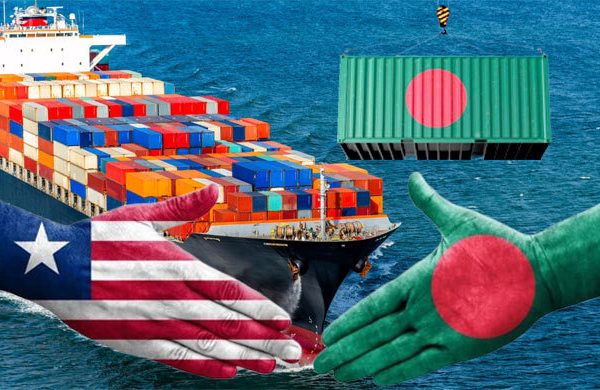How Bangladesh can make its highways safer from heavy vehicle accidents
- Update Time : Thursday, May 22, 2025

—Col Md. Shamim Iftakhar, NUP, PBGMS—
The location of a crash plays a crucial role in determining the severity of the accident. In urban areas, the streets are narrower, traffic moves more slowly, and there are more people around who can respond quickly in case of an emergency. Emergency services are also more accessible. In cities like Dhaka, for example, ambulances can often reach a crash site within minutes, and hospitals are usually nearby. This quick response may determine the boundary between survival and fatality, especially for those with serious injuries.
In rural or remote areas, the picture is very different. A crash on a quiet road far from any major town may go unnoticed for longer, and even when help is called, it can take much more time to arrive. That delay can prove fatal. Combined with the higher speeds and heavier vehicles typically found on highways, it’s clear why these areas see more deadly outcomes. Even crashes that seem minor at first glance can quickly escalate in such settings. The contrast between urban and highway crashes highlights how deeply geography and infrastructure affect safety and why national roads demand special attention when it comes to reducing fatalities.
Traffic control mechanisms like traffic lights, speed signs, and even visible police presence also have a noticeable impact. In areas where traffic is actively managed, the chance of a severe crash drops significantly. These systems can’t stop every accident, but they help enhance the predictability of road conditions. Many fatal crashes result not from a single mistake but from a chain reaction of confusion and chaos. A clearly marked intersection or a patrolling officer can help steer drivers toward safer choices.
Perhaps one of the most striking indicators of crash severity is the type of collision itself. Not all crashes are equal, and when it comes to heavy vehicles, that difference becomes very clear. Crashes where heavy buses or trucks hit pedestrians are overwhelmingly associated with fatal outcomes. This is logical, as a massive vehicle colliding with an unprotected human body is almost always devastating. Compared to pedestrian crashes, other types of crashes, such as rear-end, head-on, side-swipe, or overturn, have lower fatality probabilities. Rear-end crashes, for instance, are 14.45% less likely to result in a fatal injury than crashes involving pedestrians. But they aren’t harmless. These crashes are associated with a 9.42% increase in simple injuries and a 5.03% increase in grievous injuries.
Crashes involving parked vehicles show another interesting contrast. When a truck hits a stationary vehicle, the chance of a fatal injury drops by 30.79% compared to crashes involving pedestrians. That is a big drop. But the catch is that the number of non-fatal injuries tends to rise. It shows that even safer crashes can still have serious consequences. But the higher risk of death in the case of pedestrians points to a bigger problem that pedestrians are much more vulnerable, especially on roads filled with heavy vehicles.
And finally, the shape of the road itself matters. Roads with slopes, crests, or combinations of curves and inclines are more likely to be involved in high-severity crashes than straight, flat stretches. Limited visibility, tight maneuvering, and longer stopping distances all become more dangerous for large vehicles.
So, how this empirical evidence should be operationalized? Numbers alone don’t change lives. The real challenge lies in turning these findings into action and shaping policies that protect people on the road, especially when heavy vehicles are involved.
As pedestrians are the most vulnerable, proper measures must be taken for them first. 88% of crashes involving heavy vehicles and pedestrians end in fatality, and in rural areas, the figure climbs to 90%. These are not just statistics; they reflect a profound lack of protection. Crosswalks, footbridges, and waiting zones must be available not just in cities but in every region. A footpath should not be a luxury. If the road has room for a truck, it should also have room for a pedestrian to survive.
Two-way roads without dividers are another danger zone. While the fatality rate on these roads (83%) is only slightly higher than roads with dividers (78%), the numbers shift dramatically when looking at head-on collisions. A staggering 91% of head-on crashes occurred on undivided roads, compared to just 9% on divided ones. Concrete barriers could save countless lives.
Rain-related crashes, especially at night, are another red flag. A shocking 96% of nighttime rain crashes were fatal. Beyond driver caution, better road markings, especially reflective ones, could help drivers navigate these hazardous conditions. It’s a relatively low-cost upgrade that could prevent some of the deadliest types of crashes.
Driver fatigue also plays a quiet but deadly role. Fatal pedestrian crashes were common during dawn and dusk (89%) and night (89%)-a pattern tied to long shifts, lack of rest, and, in some cases, the dangerous practice of letting untrained helpers take the wheel. Truck drivers often drive through the night, with little enforcement of rest periods. Solving this means working with transport companies, enforcing labor laws, and giving transport workers a regulated work schedule. Labor unions ought to review the scheduling of heavy vehicle drivers and ensure basic driving training for helpers.
National highways remain hotspots for deadly crashes. Head-on collisions here made up 66% of the total. Regional roads accounted for just 16%, and city roads only 10%. Pedestrians on highways were also hit hardest; 91% of such crashes ended in death. Solutions include installing dividers, enforcing speed limits, redesigning crossings, and most critically, limiting heavy vehicle operation near populated areas during high-risk hours.
Urban areas, despite their congestion, offer lessons in survival. Slower traffic and faster emergency response keep fatality rates down. Where police are present, fatality drops from 48% to 31%. In Dhaka, where trucks are only allowed on the roads from 10:00 p.m. to 6:00 a.m., that restriction helps reduce risk even further. Extending this policy to other urban centers could create a more consistent safety standard nationwide.
Beyond the factors identified through data, there are issues that hides in plain sight, ones that even the general public recognizes. The regulation of heavy vehicle operations remains alarmingly loose. Vehicle registration processes lack adequate inspection, and vehicle fitness checks are often treated as a formality rather than a safeguard. One of the more dangerous oversights is the failure to enforce standard size and shape requirements for trucks and buses. It allows oversized or poorly balanced vehicles to operate freely. There is a gap in the number of trained drivers as well. Operating a heavy vehicle requires a different set of skills and reflexes than a regular car, yet training programs remain nonexistent. This results in an inadequate number of trained heavy vehicle drivers. Licensing procedures must reflect this distinction, with specialized certifications for heavy vehicle drivers. These are not minor administrative fixes, they require serious attention from high-level authorities and a coordinated policy effort that treats road safety as a national priority.
Ultimately, ensuring roadway safety necessitates evidence-based strategies. The data is there. The insights are clear. What’s needed now is the will to act on them, not just from policymakers but from every institution connected to road safety, labor regulation, urban planning, and public health.
———————————————————————-
The writer is an army officer



















